In this post, we’ll explore some easy-to-grow annual flowers that will surely inspire both novice and seasoned gardeners alike. Let’s dig into the world of flourishing annuals!
Marigold (Tagetes)
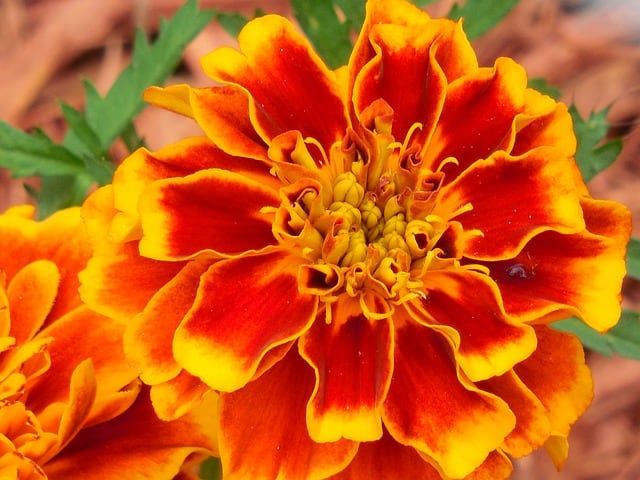
Marigolds are synonymous with cheerful gardening. Their bright orange and yellow blooms can brighten any landscape, making them a popular choice for gardeners. Beyond their aesthetic appeal, marigolds exhibit excellent resilience, dealing well with poor soil and drought conditions. They typically bloom from early summer until the first frost, providing a long season of color.
Caring for marigolds is a breeze. They thrive in full sun and require minimal watering once established. To encourage more blooms, regular deadheading (removing spent flowers) is advisable. Marigolds are also beneficial for your garden as they help repel certain pests, making them an ideal companion plant for vegetables.
Zinnia (Zinnia elegans)
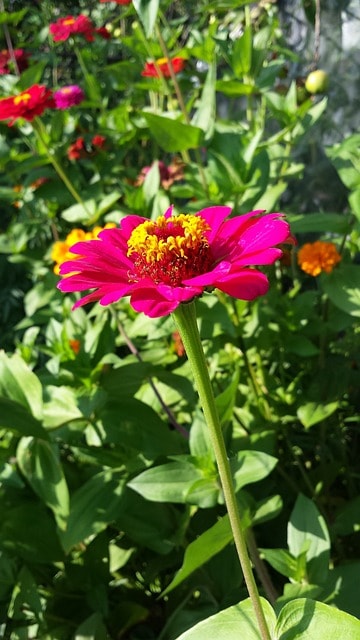
Zinnias radiate cheerfulness with their bold, vibrant hues. These annuals offer a diverse array of colors and shapes, boasting blooms that can reach up to 4 inches across. Their ability to attract butterflies makes them a splendid addition to pollinator gardens. Zinnias grow quickly from seed and can also be direct-sown into the garden after the last frost.
The key to thriving zinnias lies in planting them in well-drained soil and providing plenty of sunlight. They thrive when watered at the base to prevent mildew, and unlike many flowers, zinnias appreciate a little neglect, making them a perfect choice for busy gardeners. For extended blooms, it’s advisable to pick some flowers for arrangements, and this encourages the plants to produce even more.
Petunia (Petunia x hybrida)
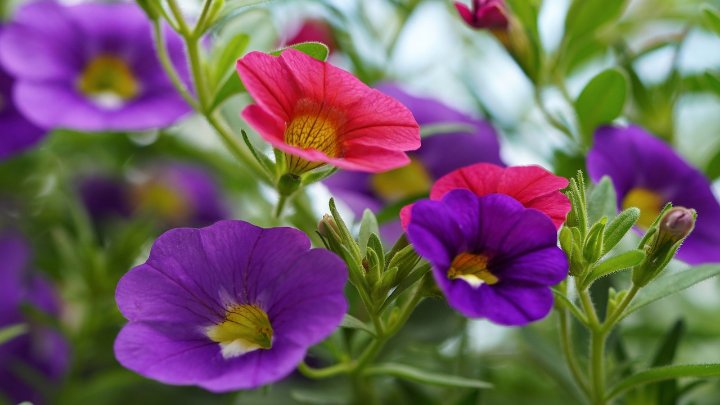
Petunias are well-loved for their variety and prolific blooming nature. Available in a myriad of colors and patterns, they can enhance hanging baskets, window boxes, and garden beds alike. These adaptable flowers are perfect for both sunny and partially shaded areas, and their sturdy leaves make them resilient against rain and wind.
Growing petunias is simple; they prefer well-drained soil and consistent moisture. Fertilizing every few weeks throughout the growing season will help maintain their vibrant colors. However, they do benefit from regular deadheading to keep them blooming throughout the summer. With their long-lasting flowers and delightful fragrance, petunias add elegance wherever they’re planted.
Impatiens (Impatiens walleriana)
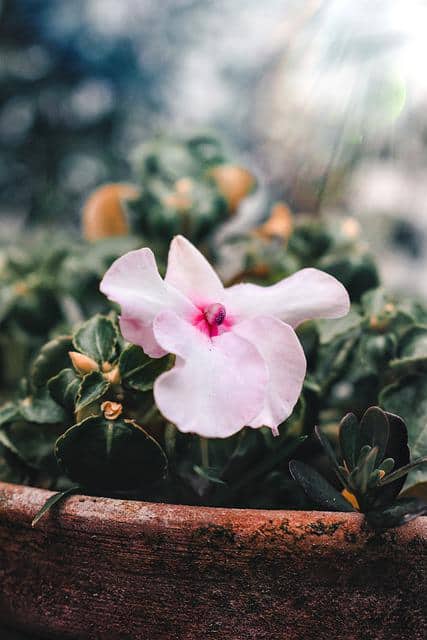
If you’re looking for a flower that flourishes in shade, look no further than impatiens. These humble annuals produce an abundance of colorful blooms, ranging from pinks and reds to whites and purples. Their lush foliage acts as a natural backdrop, enhancing the vibrancy of their flowers.
Impatiens thrive in well-drained, moist soil, making them perfect for shaded garden beds or under trees. They typically bloom from spring until frost, and with proper care, they’ll create a lush, colorful display. Regular deadheading and maintenance can foster long-lasting bloom cycles, making them a favorite for those with less sunny spaces in their gardens.
Sunflower (Helianthus annuus)

Sunflowers are like nature’s rays of sunshine, standing tall with their bright yellow petals and large distinctive heads that follow the sun. These hearty annuals are not only easy to grow but also provide various benefits, from attracting pollinators to producing edible seeds.
Plant sunflowers in nutrient-rich, well-drained soil with full sun exposure. They usually require minimal care — just a bit of watering during dry periods. Sunflowers can reach impressive heights, which adds a dramatic element to any garden. Once they bloom and mature, harvesting the seeds can be a fun activity, allowing you to enjoy these beauties for seasons to come.
Nasturtium (Tropaeolum majus)
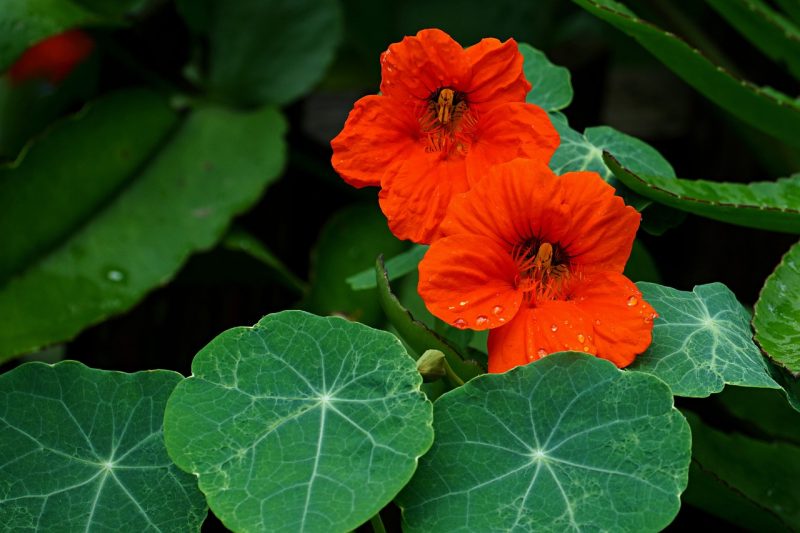
Nasturtiums are often praised for their versatility in the garden. With vibrant flowers in shades of orange, red, and yellow, these annuals are not just visually appealing but also edible! Both the leaves and flowers add a peppery punch to salads and dishes, turning your garden’s beauty into a culinary delight.
Growing nasturtiums is simple; they thrive in poorer soils, which leads to more flowers and fewer leaves. They prefer full sun but can tolerate partial shade. Regular watering during dry spells is key, but over-watering should be avoided to prevent root rot. These flowers also attract beneficial insects while deterring pests, making them a fantastic choice for organic gardens.
Cosmos (Cosmos bipinnatus)

With their delicate, feathery foliage and daisy-like blooms, cosmos add a charming touch to any garden. They are incredibly easy to grow from seed, making them a favorite for beginners. Cosmos come in a variety of colors, including pink, white, and purple, and can grow in a range of garden conditions.
Plant cosmos in well-drained soil and full sunlight for optimal growth. They are drought-tolerant once established, requiring little maintenance beyond occasional deadheading. Their long flowering season can continue until the first frost, and they attract a variety of butterflies and bees, enhancing your garden’s ecosystem.
Alyssum (Lobularia maritime)
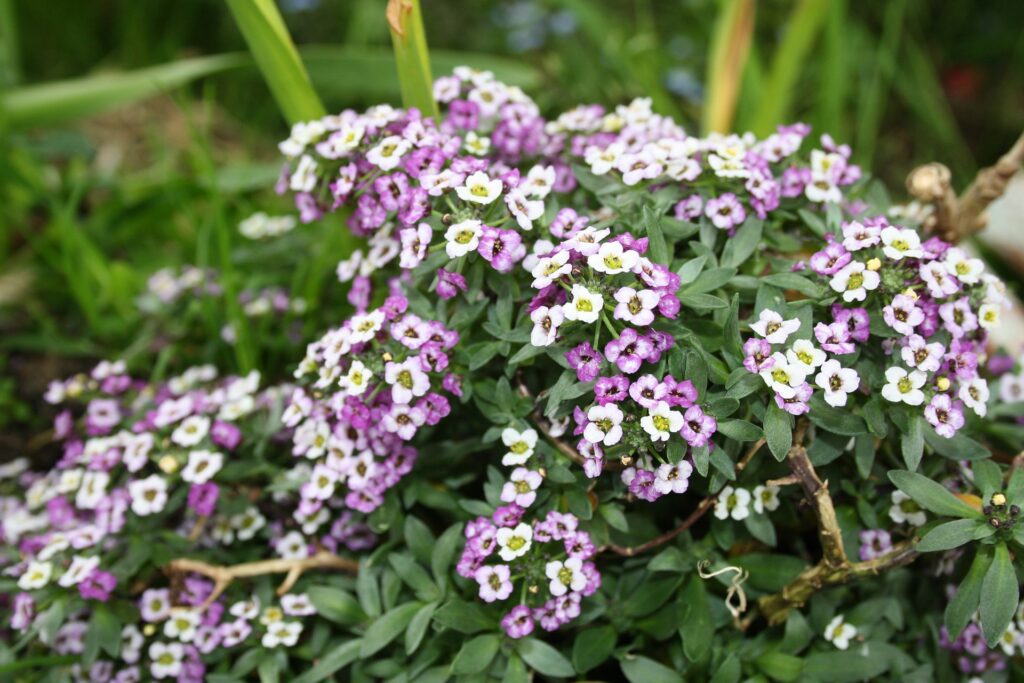
Sweet alyssum is a delightful flower that brings both charm and fragrance to your garden. With small clusters of tiny flowers in white, purple, or pink, alyssum can serve as an attractive ground cover or a border plant. It’s particularly favored for pathways and containers due to its compact size.
Alyssum thrives in well-drained soil and prefers full sun to partial shade. These flowers are generally low-maintenance, requiring moderate watering. They can bloom from spring to frost, but a little trimming after initial blooming encourages new growth and more flowers. Their sweet scent is an added bonus, making them a sensory delight in any garden setting.
Calendula (Calendula officinalis)
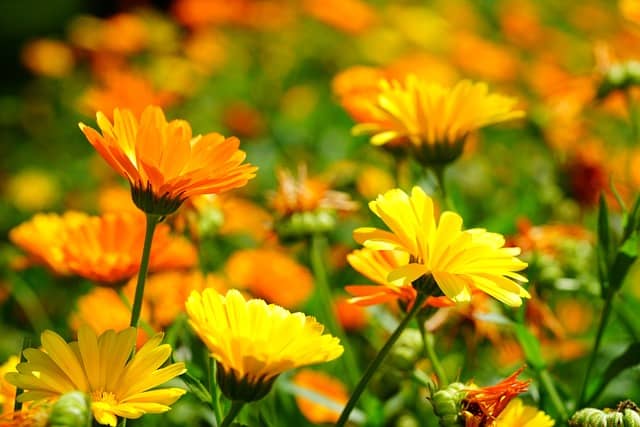
Often referred to as pot marigold, calendula is stunning with its bright orange and yellow petals. This hardy annual is easy to grow even in less-than-ideal soil conditions. Beyond its beauty, calendula is known for its properties, making it a dual-purpose plant for both aesthetic and herbal use.
Calendula seeds can be directly sown in the garden after the last frost. They perform best in full sun and well-drained soil. These flowers bloom continuously throughout the growing season, delighting gardeners with their cheerful presence. Additionally, their blooms can be harvested for making oils, salves, and teas, showcasing their multifaceted value in the garden.
Begonia (Begonia semperflorens)

For those seeking a flower that thrives in shade or dappled sunlight, begonias are a superb choice. With their waxy leaves and vibrant flowers in hues of red, pink, and white, they can enliven even the shadiest corners of your garden.
Begonias are typically grown from cuttings or bulbs and require well-drained, humus-rich soil. Consistent moisture is essential, but it’s crucial to avoid waterlogging to prevent root rot. They bloom from spring until frost, and their compact size makes them an ideal choice for containers and hanging baskets. Their ability to flourish in shade makes them an excellent option for patio gardens or shaded areas of the yard.
Snapdragon (Antirrhinum majus)
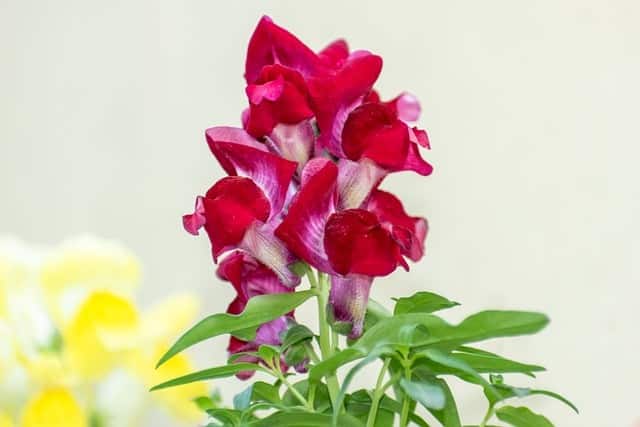
Snapdragons are fun flowers that aren’t just beautiful but also bring a dose of whimsy to your garden. Their unique trumpet-shaped flowers come in various colors, making them an eye-catching choice for garden beds and borders. A particular treat for children, snapping the flower ends results in a delightful “dragon” effect.
They do best in cooler temperatures and can be planted in early spring or late summer for fall blooms. Snapdragons appreciate rich, well-drained soil and sunny locations, though they can tolerate light shade. Regular deadheading promotes more branching and flowering, extending their bloom time throughout summer and into early fall.
Salvia (Salvia splendens)
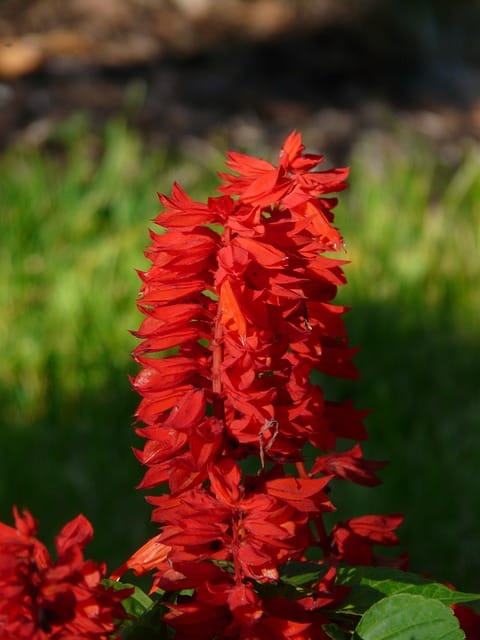
Salvia, known for its bold and vibrant flower spikes, is another great choice for easy-to-grow annual flowers. With shades ranging from deep blue to bright red, salvia offers a long bloom time, providing color from spring through fall. They attract hummingbirds and butterflies, making your garden come alive with activity.
Plant salvia in a sunny location with well-drained soil. These plants are drought-tolerant once established, requiring little maintenance beyond regular watering during very dry spells. Deadheading spent blooms encourages continuous flowering, making salvia an excellent option for gardeners looking for reliable and responsive annuals.
Morning Glory (Ipomoea purpurea)
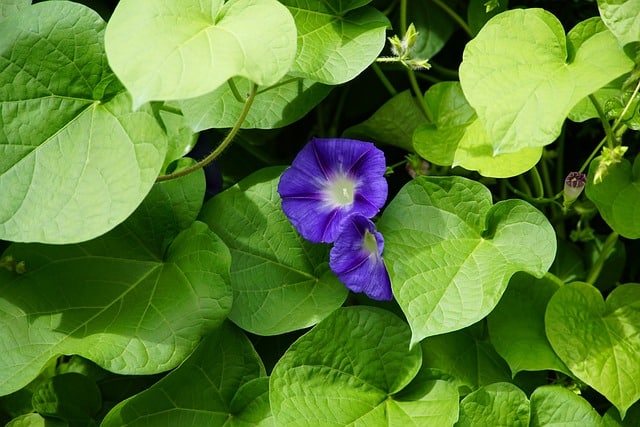
Morning glories are known for their almost magical ability to cover fences and trellises in a matter of weeks. Their vibrant, heart-shaped leaves and trumpet-like flowers in shades of blue, purple, pink, and white create a stunning display that is hard to miss.
These fast-growing climbers prefer well-drained soil and full sun, and they adore warmer temperatures. They’re typically grown from seeds, which can be soaked overnight to enhance germination. Morning glories produce blooms in the morning, closing by afternoon, hence their name. Their vigorous growth makes them perfect for quick garden transformations.
Verbena (Verbena x hybrida)
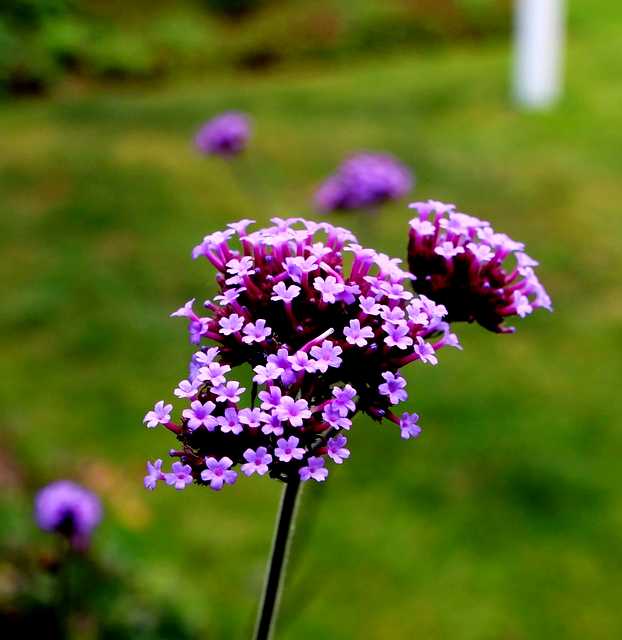
Verbena is cherished for its clusters of bright flowers that bloom from spring to frost. With a sprawling habit, these flowers work wonderfully in beds, borders, and containers, providing a pop of color wherever they grow. They also attract butterflies, showcasing their appeal to pollinators.
Growing verbena requires well-drained soil and full sun. These flowers are relatively low-maintenance and are tolerant of drought, making them ideal for gardeners who may not have time for constant care. Regular deadheading encourages more blooms and keeps the plants looking tidy throughout the season.
Portulaca (Portulaca grandiflora)
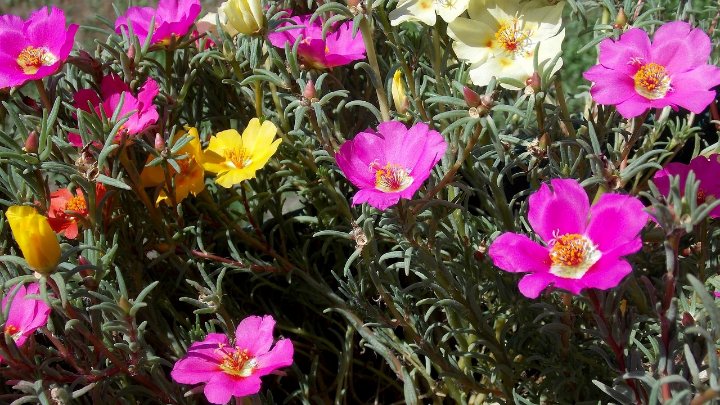
Portulacas, also known as moss roses, are notable for their succulent leaves and colorful blooms that thrive under hot, dry conditions. These drought-tolerant annuals come in a variety of vibrant colors, making them perfect for rock gardens, containers, or sunny borders.
They do best in well-drained soil and prefer full sun exposure. Portulacas are remarkably low-maintenance, requiring little to no watering once established. Their blooms open in bright sunlight and close in the evening, adding a unique rhythm to your garden. They’re perfect for busy gardeners or those living in warmer climates.
Sweet Pea (Lathyrus odoratus)
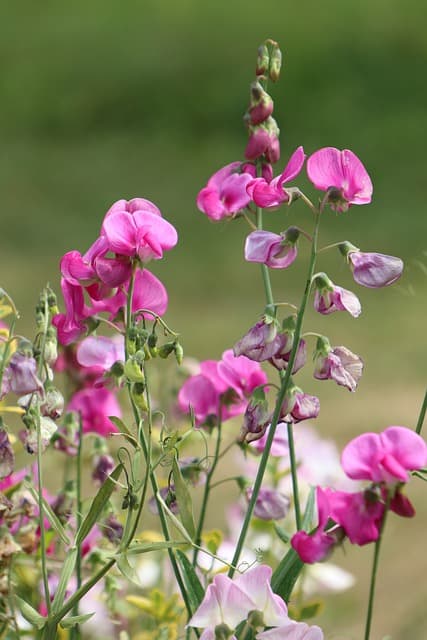
Sweet peas are beloved for their fragrant blooms and charming climbing ability. Often used in fragrance gardens or cut flower arrangements, these lovely blooms come in a multitude of colors and are a sentimental favorite for many gardeners.
Plant sweet peas in a sunny spot with well-drained soil. They are usually started from seeds, either directly sown in the garden or indoors before transplantation. Regular watering is essential for their growth, and their sweet aroma adds allure to any garden. Providing a trellis for support encourages their climbing nature and allows them to reach new heights.
Pansy (Viola tricolor var. hortensis)

Pansies are delightful early spring flowers known for their vibrant colors and expressive “faces.” Available in a spectrum of colors and combinations, they are perfect for bringing early color to the garden or to brighten up containers.
Pansies thrive in cool weather and prefer well-drained soil with partial to full sun. They can be seeded directly into the garden or purchased as young plants. Regular deadheading will keep them blooming, and they can often endure through the light frost of early spring, making them a fantastic transitional bloom for any garden.
Cleome (Cleome hassleriana)
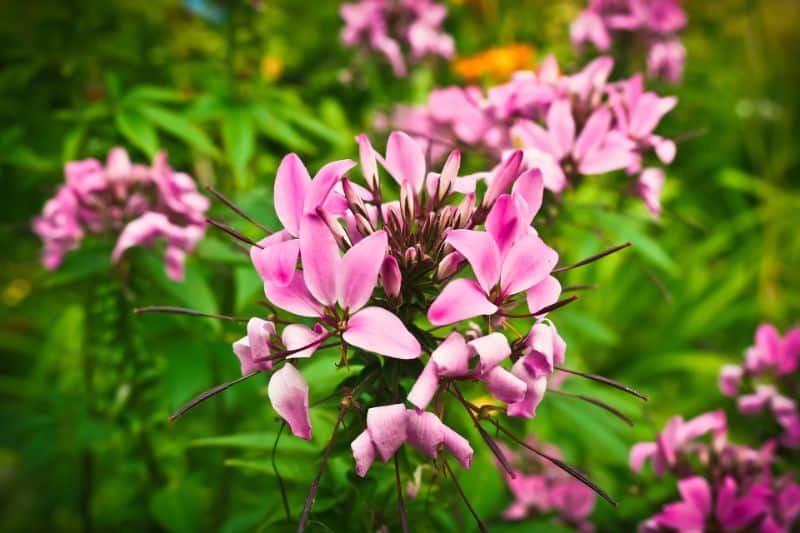
Known as the spider flower, cleome stands out with its unique blooms and spiky appearance. These tall, striking flowers create an impressive vertical element in garden designs, boasting shades of pink, white, and lavender.
Cleomes prefer sunny locations with well-drained soil. They are relatively low-maintenance and are tolerant of drought once established, making them a great addition to summer gardens. Their blooms attract butterflies and bees, promoting biodiversity in your garden while standing out beautifully.
Lobelia (Lobelia erinus)
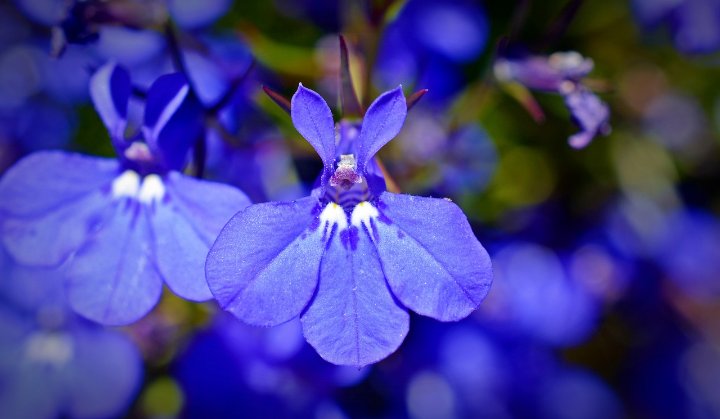
Lobelia is a charming option for hanging baskets and borders, known for its trailing habit and delicate blue and purple flowers. They add a silken touch to containers and garden beds, making them a favorite for gardeners looking to soften edges.
This easy-to-grow plant prefers well-drained soil and partial shade to full sun, thriving in cooler conditions. Regular watering is necessary to keep lobelia blooming, and light fertilization can enhance growth. Their charming clusters of flowers create a gentle cascade, adding visual interest to any garden display.
Four O’Clocks (Mirabilis jalapa)
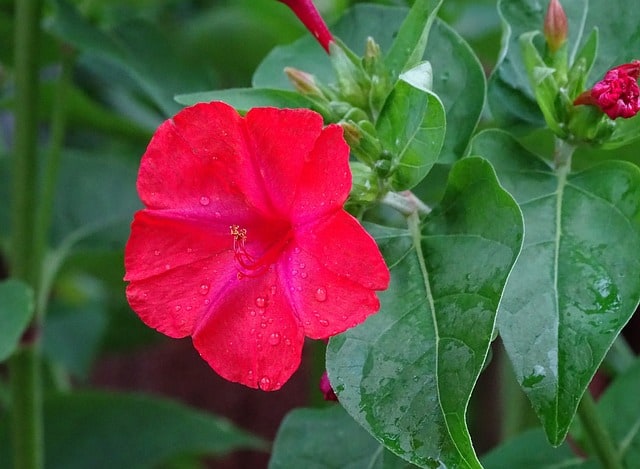
Four o’clocks are unique for their time of blooming; they open in the late afternoon and remain open until the next morning. With a variety of colorful tubular flowers, they add charm and whimsy to any garden. They are especially attractive to pollinators.
These plants thrive in well-drained soil and full sun. They’re easy to grow from seeds or established plants, and once planted, they require minimal care. Regular watering during dry spells will encourage blooming, and their distinctive late-day flowers breathe life into evening gardens.
Bachelor’s Button (Centaurea cyanus)

Known for their striking blue color and thistle-like appearance, bachelor’s buttons are both attractive and low maintenance. These resilient flowers can thrive in poor soils, making them a great choice for beginner gardeners looking for a hardy annual.
They prefer full sun and well-drained soil. Pollinators adore bachelor’s buttons, making them an excellent choice for attracting bees and butterflies to your garden. Regular deadheading will encourage flowers to continue blooming throughout the growing season, providing a beautiful display in your garden.
Geranium (Pelargonium)
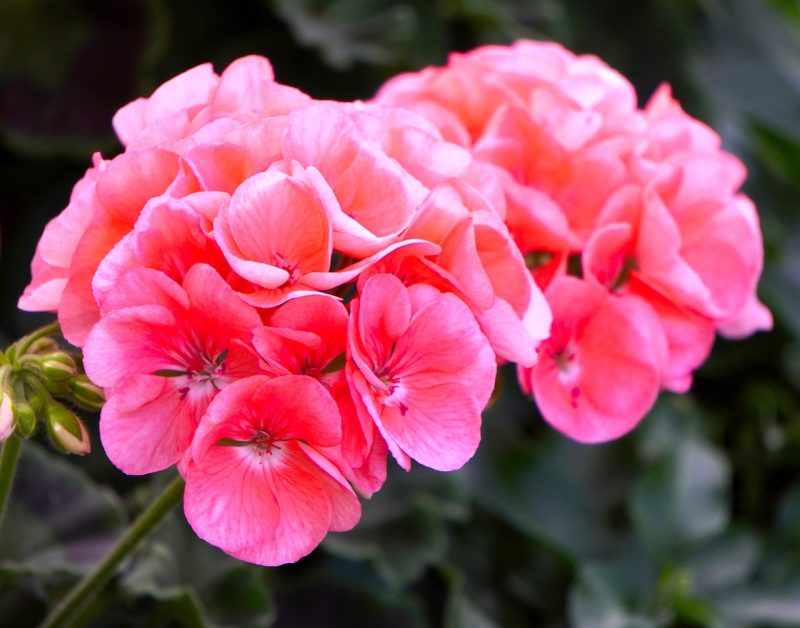
Not to be confused with hardy geraniums, the annual geranium (or pelargonium) offers vibrant clusters of blossoms in a variety of colors. They are often showcased in patio pots and window boxes, featuring charmingly rounded leaves.
Geraniums flourish in sunny locations with well-drained soil. Moderate watering is necessary, as they do not like their roots to sit in water. Regular deadheading will extend their blooming period, keeping the flowers plentiful throughout the summer. Their adaptability to container growth makes them a favorite for balcony and patio gardens.
Dusty Miller (Senecio cineraria)
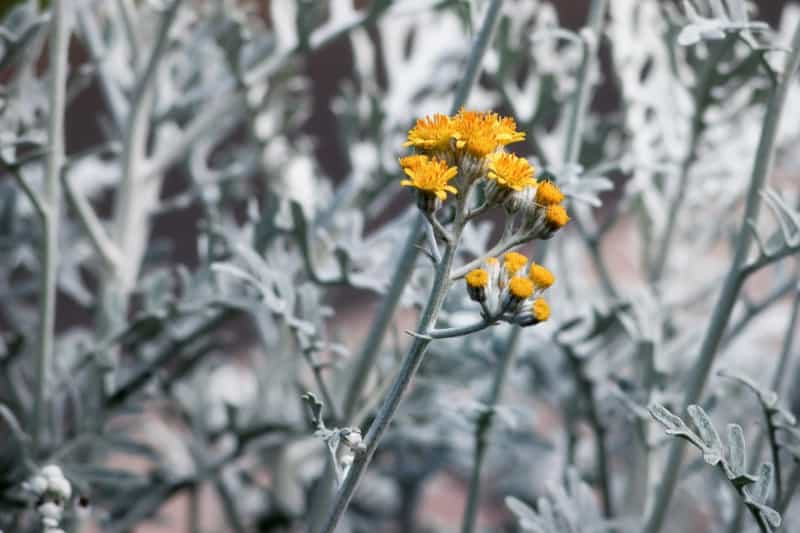
Though primarily grown for its silvery foliage, dusty miller complements annual flowers beautifully. The soft, silvery leaves make colorful blooms stand out, adding contrast and interest to floral displays.
Dusty miller prefers well-drained soil and full sun, thriving in cooler weather. These plants require little maintenance, making them easy companions for other annual flowers. Their unique textural contrast enriches garden designs while working seamlessly alongside more colorful annuals.
Cornflower (Centaurea cyanus)

Cornflowers, with their bold blue petals, are classic heirloom flowers that add a touch of nostalgia to gardens. These easy-to-grow annuals are not only visually appealing but also attract various pollinators, enhancing your garden’s ecological balance.
Plant cornflowers in full sun and well-drained soil. They are drought-tolerant when established and thrive with minimal care. Regularly cutting flowers for arrangements encourages additional blooms, allowing you to enjoy their vibrant presence both in the garden and in floral displays at home.
Tithonia (Tithonia rotundifolia)
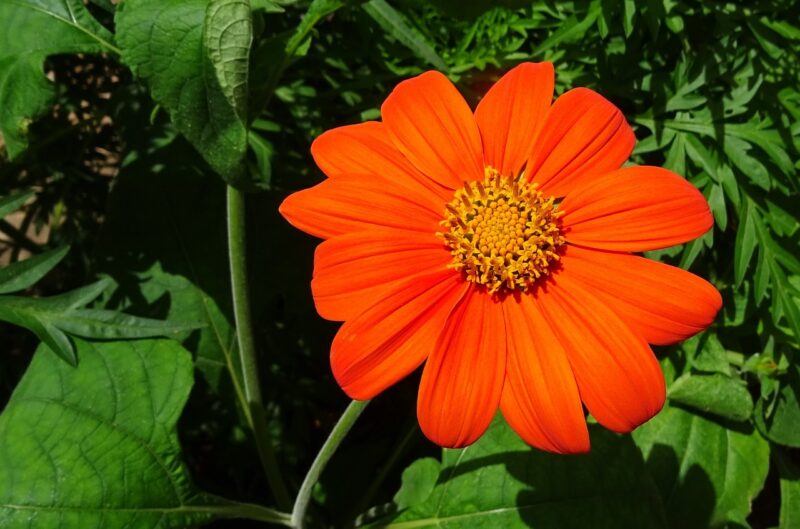
Commonly known as the Mexican sunflower, tithonia is celebrated for its bright orange blooms that attract butterflies and hummingbirds. These tall annuals create a bold focal point in the garden, standing out among other flowers.
Tithonia flourishes in full sun and requires well-drained soil. They are drought-tolerant once established and are relatively easy to grow from seed. Their flowering season extends from summer until frost, making them ideal for providing continuous color in gardens.
Clarkia (Clarkia amoena)
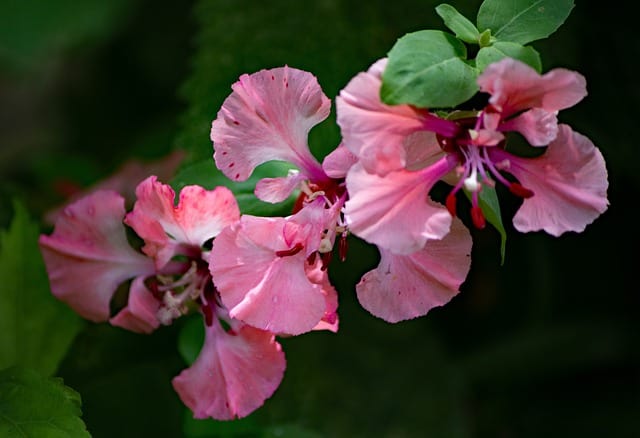
Clarkia, also known as farewell-to-spring, is a lesser-known gem that offers graceful blooms in shades of pink, purple, and white. This upright annual adds elegance to flower gardens or mixed borders.
These flowers prefer well-drained, fertile soil and full sun exposure. Clarkia seeds can be sown directly into the garden after the last frost, and they typically bloom in mid-summer. With a creative growth habit and delicately beautiful blooms, Clarkia allows gardeners to diversify their floral displays.





